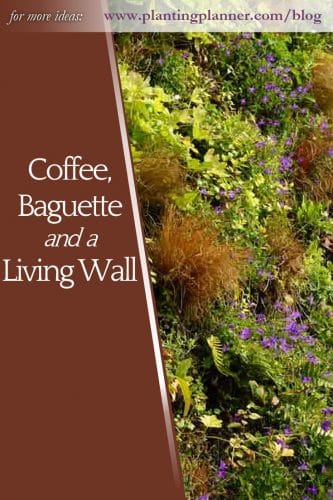from The Weatherstaff PlantingPlanner – intelligent garden design software
Driving down through France at the end of October, we pulled into the motorway services near Troyes for a bite to eat. The planned quick pit stop took longer than expected, though, as I was side-tracked on the way in by an unexpected horticultural delight!

The entrance was enlivened by 4 vertical panels of planting, still looking fantastic despite the gloomy weather and lateness of the season.
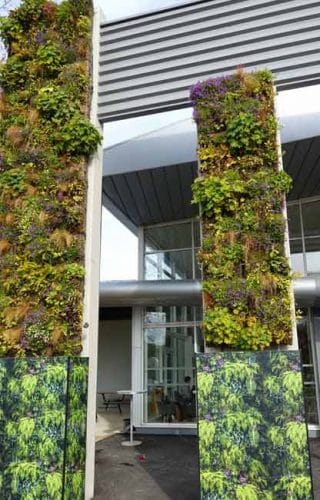
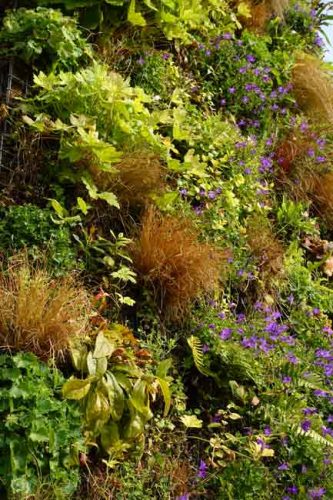
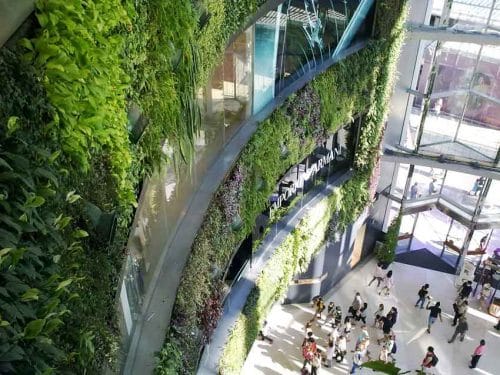
I was lucky enough to get a close-up view of the living wall installations at Siam Paragon and EmQuartier, both in Bangkok.
These are indoor plantings in a tropical country, though, so the outdoor living wall at Troyes was inspiring for providing an example of vertical planting that could work well in my own temperate climate.
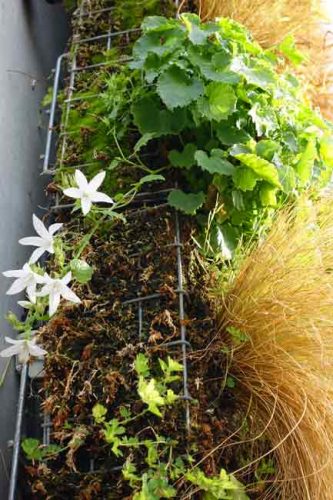
Earlier in the season, the fullness of the planting would have obscured the systems and structure used to create the wall, but at this time of year, it was possible to make out how the plants and growing medium were assembled.
This one was obviously a professionally installed, large scale system, but it’s becoming easier now to create a more manageable version of living walls in our own back gardens.
As vertical gardening has become increasingly popular, there are now several products on the market to enable gardeners to create living walls in their gardens, courtyards or even indoors.
You can buy panels of pouches to suspend on fences or walls. These pouches, often made from felt or plastic, can be planted up with plug plants. Take care that the material the panel is made from is sturdy enough to support the weight of the pouches when planted up.
Dobbies now sells living wall systems which can be used both indoors and outdoors. Each sturdy plastic planter has 3 pockets and can be slotted together to create a living wall. The modular system means that you can build it to suit the space available, and I also like the fact that it has a self-watering system. The planters can be fixed directly to a house wall or garden fence or to wood panels, which can be moved from place to place. Pots of compact plants can be dropped into the planters so that they can be easily changed later.
If you are planting up plants yourself for your living wall, think carefully about the potting mixture. A high quality compost gives the plants the best chance of survival, but it needs to be reasonably lightweight, to keep the weight of the plants and soil on a living wall to a manageable level. Try incorporating polystyrene beanbag balls to reduce the overall weight of individual pots. You want the mix to be well-draining but also to hold on to enough moisture to avoid the soil drying out too quickly. Slow release fertilisers can help as well.
Choosing plants for living walls
The best plants are those that will knit together to form a tapestry of contrasting textures and colours. Go for compact plants or ones that can be cut back regularly to keep them within their allotted space.
Remember to take account of whether your living wall will be in sun or shade and pick the plants which will do best in those conditions.
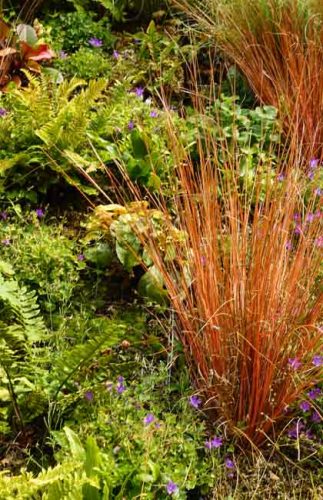
Ferns, such as Cyrtomium fortunei and Asplenium, and small grasses, like Carex comans Bronze form and Ophiopogon nigrescens, are good choices.
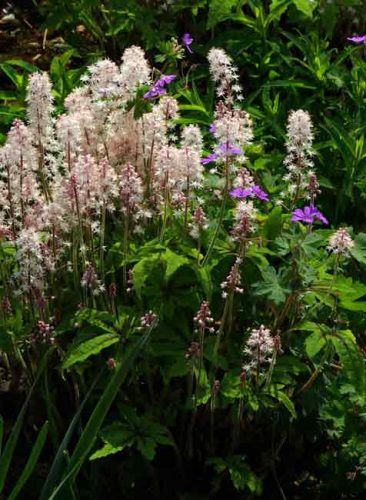
Heuchera, Heucherella and Tiarella, with their colourful foliage and delicate sprays of flowers, are an excellent choice for vertical plantings.
Tiarella Iron Butterfly is a shade-loving perennial, with mahogany-blotched leaves and sprays of fragrant flowers in early spring and late summer.
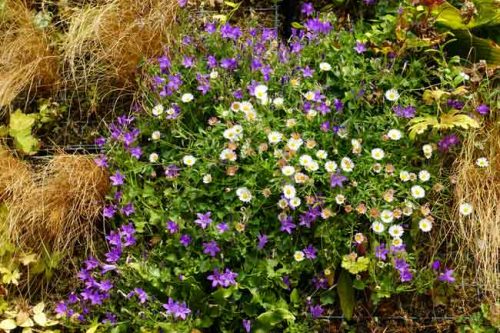
Small, spreading ground cover plants, like Ajuga reptans, Galium odoratum (Sweet Woodruff), Erigeron karvinskianus and Campanula portenschlagiana, are useful for creating blocks of colour.
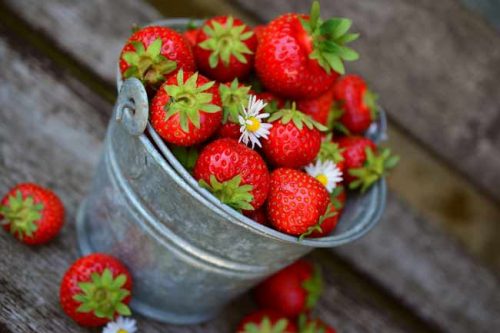
You can grow edible crops on your living wall too. Herbs are perfect, but also consider salad leaves and strawberries.
The key is to plant in vertical or diagonal drifts, repeating the plants at intervals to create a pattern of colour and texture across the display.
Pin for later
For more gardening ideas, click here to follow the Weatherstaff PlantingPlanner on Pinterest.


